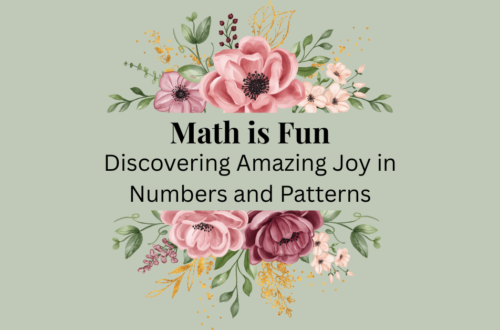At first glance, calculus and economics might seem like entirely separate worlds—one filled with derivatives and integrals, the other with supply, demand, and market forces. But when they collide? That’s where the magic happens. Calculus doesn’t just support economic theory—it drives it. Let’s explore how!
Understanding Economic Curves with Calculus
Economic models often involve curves—think of supply and demand graphs, cost functions, or revenue projections. Calculus allows economists to analyze these curves beyond the surface.
- Derivatives help us understand how quantities change. For example, how does a company’s cost change as they produce more units?
- First derivatives show rates of change like marginal cost, marginal revenue, or marginal utility.
- Second derivatives help economists determine concavity and understand acceleration or deceleration in economic behavior.
In short, calculus helps answer: How fast? In what direction? And what happens next?
Optimization: Making the Best Economic Decisions
Optimization is at the heart of economic decision-making. Whether it’s maximizing profit or minimizing cost, calculus provides the tools to find the best possible outcome.
- To maximize profit, set the derivative of the profit function to zero (where slope = 0), then use the second derivative to confirm it’s a maximum.
- To minimize cost, apply the same logic: find critical points and analyze their behavior.
- Constraints? Use Lagrange multipliers—a powerful calculus tool to optimize with restrictions.
These techniques don’t just stay in textbooks—they’re applied in industries, government policies, and everyday business decisions.

Real-World Applications
Calculus-driven economics is all around us:
- Stock market trends rely on rate-of-change calculations
- Price elasticity involves derivatives of demand functions
- Utility maximization models consumer behavior
- Cost-benefit analysis often uses integral calculus to compare scenarios over time
Whether you’re running a small business or analyzing global trade policies, calculus equips you with a deeper lens.
Why This Matters for Students
If you’re a high school or college student wondering whether calculus has real-world relevance, look no further than economics. These connections:
- Help reinforce abstract math concepts
- Provide meaningful context for word problems
- Open doors to careers in finance, analytics, business, and policymaking
Learning calculus with economic applications bridges the gap between theory and action—it shows you the why behind the what.
Final Thoughts
Calculus and economics are more than academic subjects—they’re tools for understanding and shaping the world. From sketching cost curves to optimizing strategies, calculus empowers us to make smarter, data-driven decisions.
Curious about using calculus in other fields? Drop your thoughts in the comments or let me know what topics you’d love to see next!





